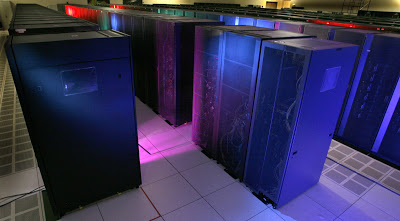Inertial Electrostatic Fusion Rocket Ship Design – Article being redone
This article is being redone as there were significant inaccuracies derived from the source material. The Advanced Vehicle Research Center is in fact *not* pursuing fusion propulsion research anywhere, for anyone. The organization that is in fact pursuing this research is the World Institute for Science and Engineering (WISE). The plan is for one of …





